The Race That Defined Colton Herta
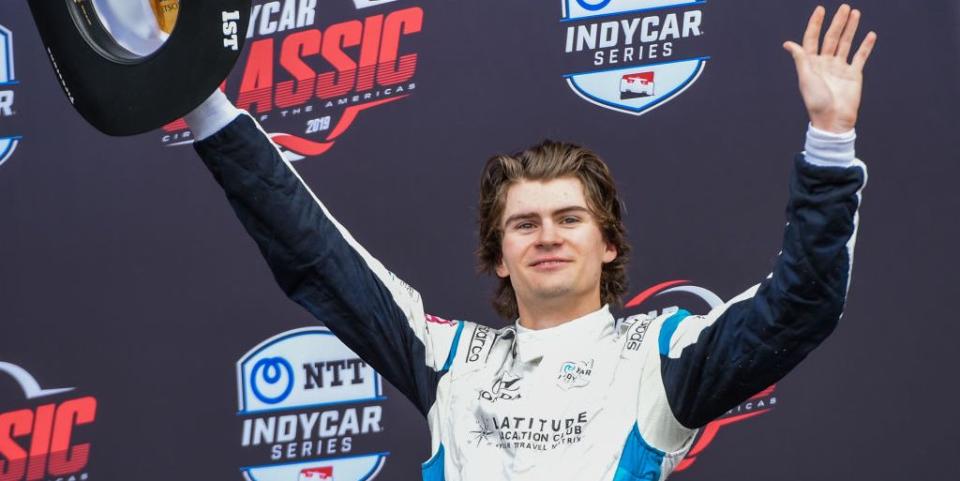
Colton Herta wasn’t quite fast enough. It was March 2019 at Circuit of The Americas, about a week before his 19th birthday, and Herta was 40 laps into his third IndyCar race. He’d settled in third place behind two far more experienced drivers, 2014 champion Will Power and 2016 Indy 500 winner Alexander Rossi, and he figured that’s where he’d stay.
“They had gapped me by maybe two or three seconds, so I thought: ‘This is kind of over,’” Herta told Road & Track. “I was probably going to finish third, because we had a really good gap to fourth. We didn’t quite have the pace to beat them straight up.”
Herta was also burning up his tires, causing him to dive down pit lane earlier than his competitors. As Herta made his final pit stop, Power and Rossi stayed on track.
That’s when the caution came out.
Welcome to Split Second, where we ask racers to recall a split-second moment that's seared into their brain—the perfect pass, the slow-motion movie of their own worst crash, the near-miss that scared them straight, or anything else—and what gives the memory staying power. In this edition, we spoke to Andretti Autosport driver Colton Herta, who described the moment he won his first IndyCar race.
The IndyCar Classic at Circuit of The Americas was the second race of the season in 2019, and it came a month after the series visited the track for two days of preseason testing in February. Herta had only done one IndyCar race before then—Sonoma Raceway in 2018, where he finished 20th—and he said it was his first time testing with a bunch of other IndyCar drivers.
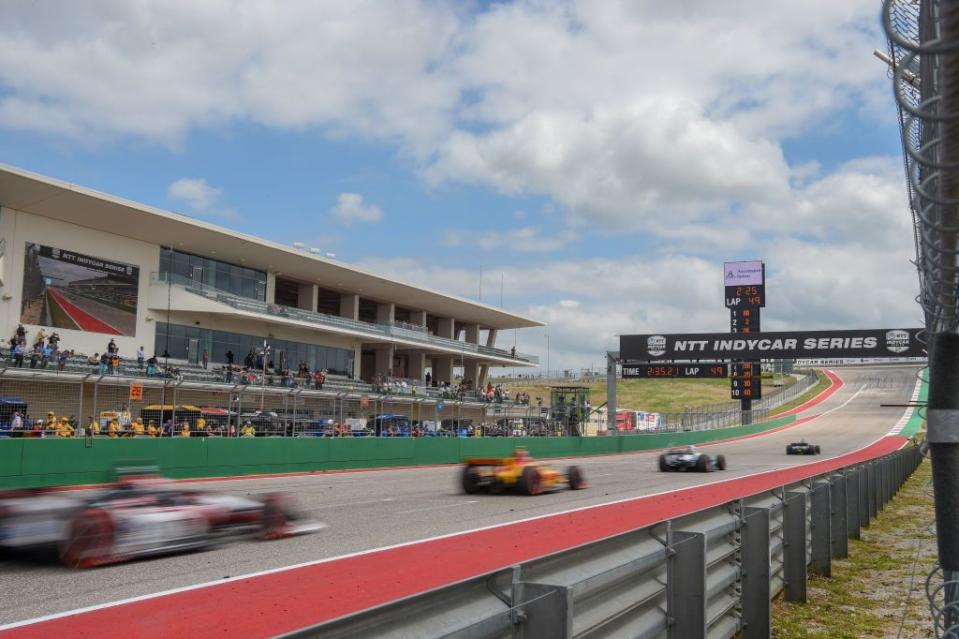
The four test sessions at Circuit of The Americas were where Herta really “got the feel for the Indy car,” he told Road & Track. He led three of them.
“I knew we had a good car going into the race weekend,” Herta said. “But the engine blew up in practice [in March], so I didn’t get a lot of laps in. I remember being bummed about that and unsure about the car balance, then going into qualifying with not a lot of knowledge about how the sessions work or what’s going to be happening.”
Herta qualified fourth at Circuit of The Americas—the highest of any rookie. Starting ahead of him were Power, Rossi, and 2012 champion Ryan Hunter-Reay.
“There’s a lot of uncertainty that comes overnight going into the race,” Herta said. “The veterans will know how to set up the car, what the tire degradation is going to be like, and all sorts of things. We kind of just went off of instinct.”
Herta said he “didn’t have much of a clue as to what to expect” from the race. But he had a fast race car, and that was the first step.
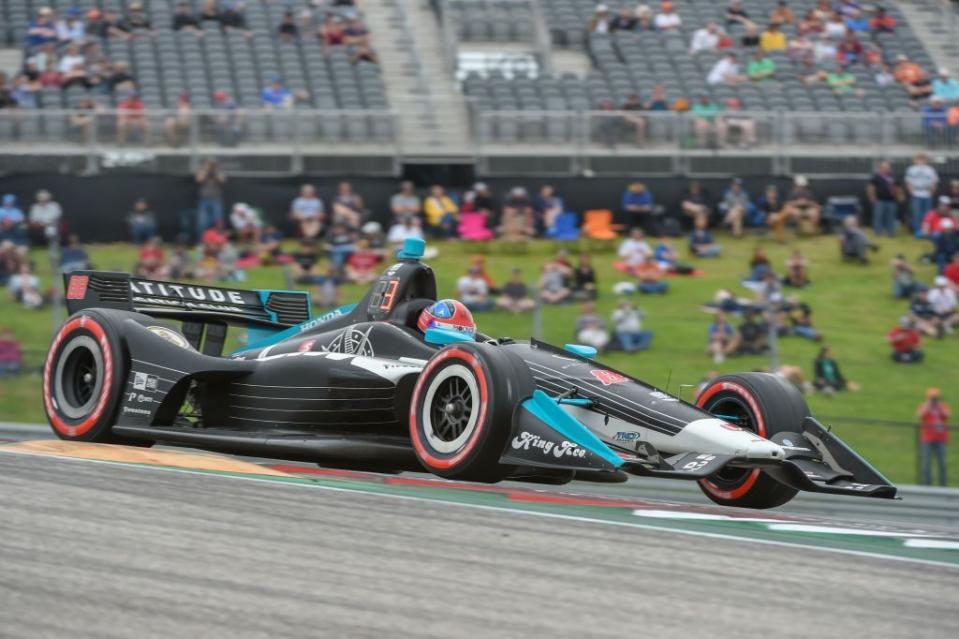
“You kind of know the first 10 or 15 laps or so if your day is going to be good or bad, based on the car you have,” Herta said. “I still remember how nice that car was to drive. You don’t get that a lot each year, where you get a car that’s really fast, easy to drive, easy to put the lap times in. That was one of those days.
“I got by Ryan Hunter-Reay at the start. [From there,] it was really just hanging onto the pack with Rossi and Will Power in front of me. We gapped fourth place a bit in the first stint.”
Herta rode around in place for most of the day. His only issue was tire degradation, but he had so little experience in the car that he didn’t know how to fix it.
“If I remember correctly, it was more the rear [tires] that we were having problems with,” Herta said. “So that means maybe braking a little bit earlier, not downshifting as quickly, not pushing the corner entries, and getting on power a little bit smoother. But at the time, I didn’t understand as much how to take care of the tires, and what kind of techniques I could do to stop or prevent it.
“That’s a problem that now, I would be able to sort out. It’s something you learn from doing it wrong. You understand when you’re over-pushing it and when the tires are going off. Now, I know the feeling. I know what the grip level is and what it’s going to go to, and how long I need to make the tires last.”
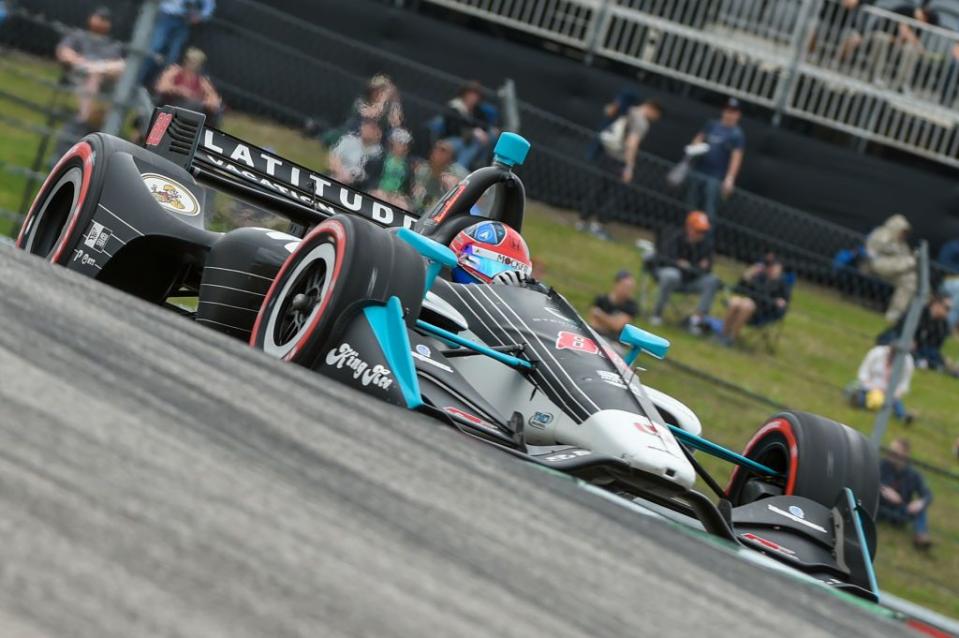
That weekend, Herta said tire degradation was his “biggest enemy and biggest friend.” He dove into the pits on lap 43 of 60, before the two drivers ahead of him: Power and Rossi. As Herta rejoined the race in fourth, a crash brought out the first caution of the day.
Because Rossi and Power hadn’t pitted yet, Herta knew he’d cycle around to the lead for the restart. He was nervous.
“It was the first time I ever led to the green flag in an IndyCar race,” Herta said. “I wasn’t sure what to expect on cold tires and what the grip level was going to be like, so it was a lot of unknowns. I was trying to process a lot of information in a short amount of time to calm myself down.”
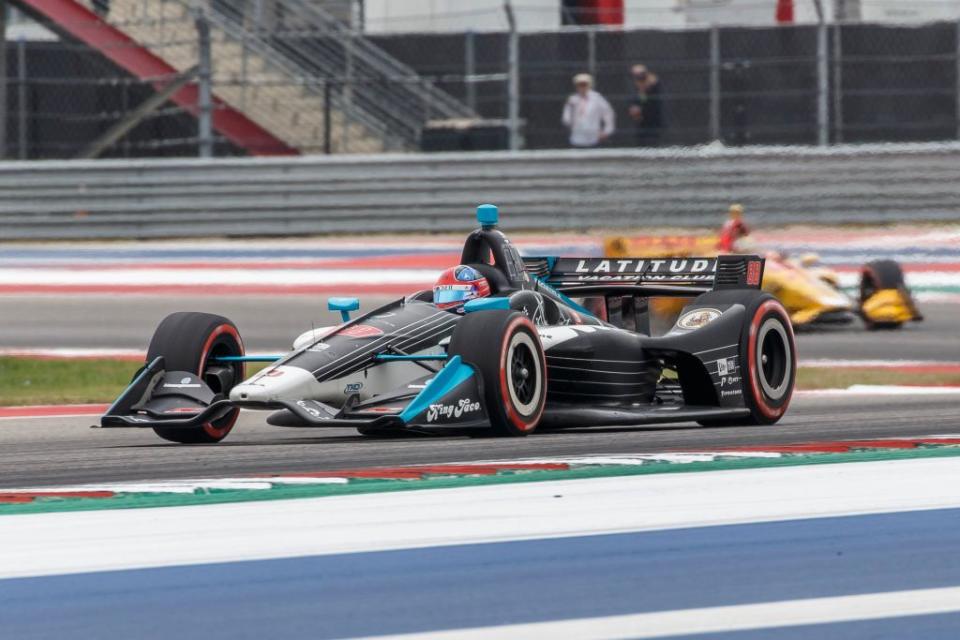
The race restarted with 10 laps to go. Herta kept his eyes out front—not on the championship drivers behind him or the cold tires beneath him, which could slide like ice due to lack of grip if he didn’t put the power down well. He launched toward the green flag.
“Growing up through the ranks, you’ve done it,” Herta said. “It’s just different with people in junior series. We’re all like 15 or 16, we’ve been racing for the same amount of time.
“Then you get to [the top], where drivers have been racing in IndyCar longer than I’ve raced my entire life. I had Josef [Newgarden] behind me, who ended up winning his second championship that year. When I came out of the last turn, I got on the throttle as soon as possible to try to catch Josef out a little bit.”
It worked. Newgarden wasn’t in striking distance as they entered the first turn—a wide, aggressive passing zone at the top of a giant hill—and Herta stretched his lead.
“I remember the last few laps were very gut-[churning] for me,” Herta said. “I couldn’t really believe what position we were in. I knew I was going to be able to win in IndyCar, but I didn’t know how soon. [To win,] you need everything to go right. You need perfect strategy. You need the car to be perfect. Even when the car is perfect like Will and Alex, a yellow can screw you.”
Herta held off Newgarden to become the youngest winner in IndyCar history at 18 years, 359 days old. He calls it the biggest moment of his career so far, because it was a day when everyone learned that Herta kid could be somebody in IndyCar—if they didn’t already know.
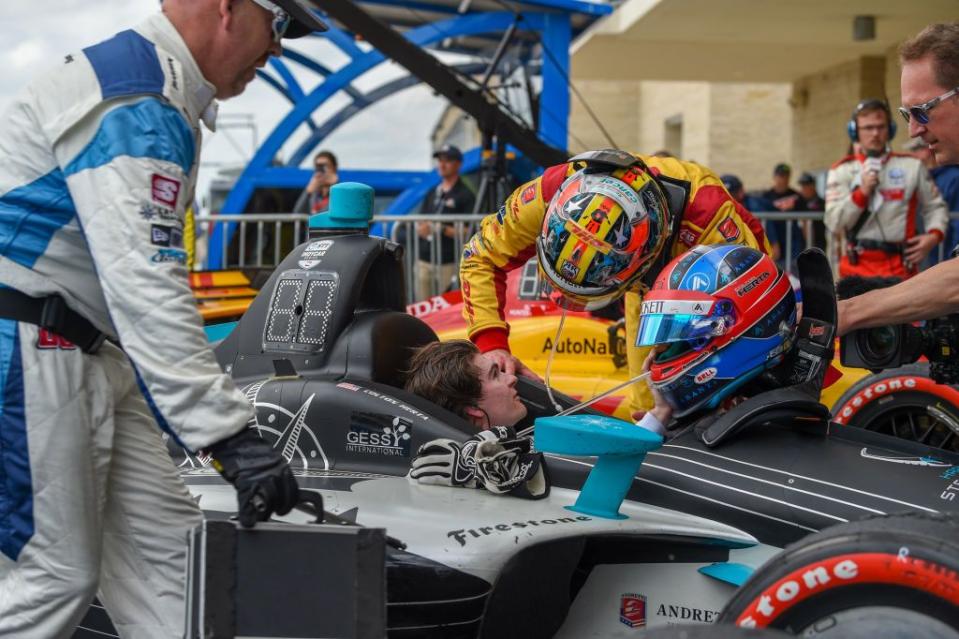
“I was really just glad the race was over, because it was so stressful for so long,” Herta said. “Obviously, you come into IndyCar and you want to be there for a long time. You want to get a good contract, but you know you have to perform.
“When you have these breakthroughs, it shows some sort of potential. Maybe you’re not there every single weekend, but it shows that you can be fast, or you can have a championship in a few years. It was a shock to me that it happened so soon, and it was a big weight lifted off of my shoulders."
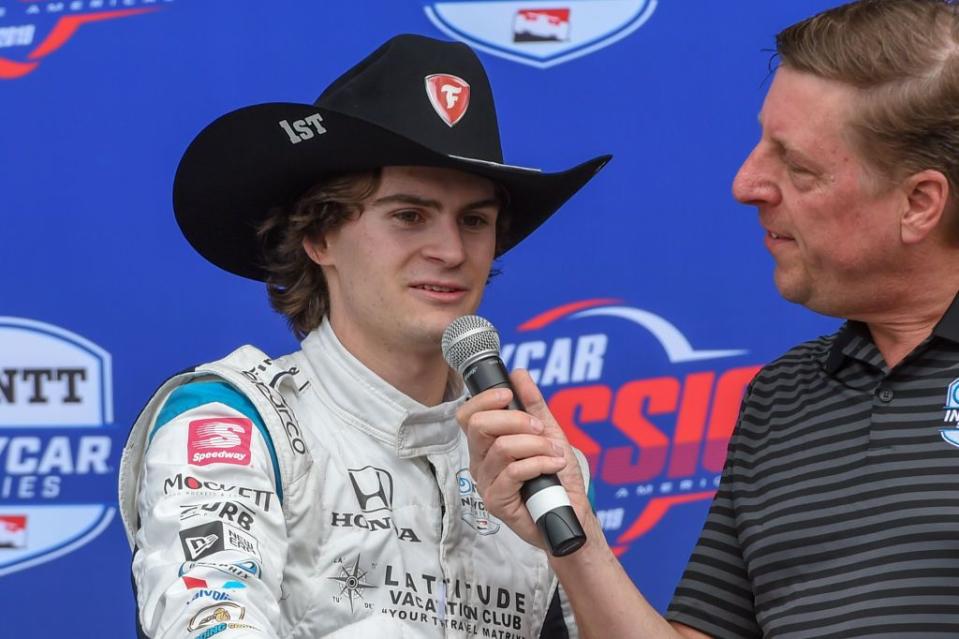
You Might Also Like

 Yahoo Autos
Yahoo Autos